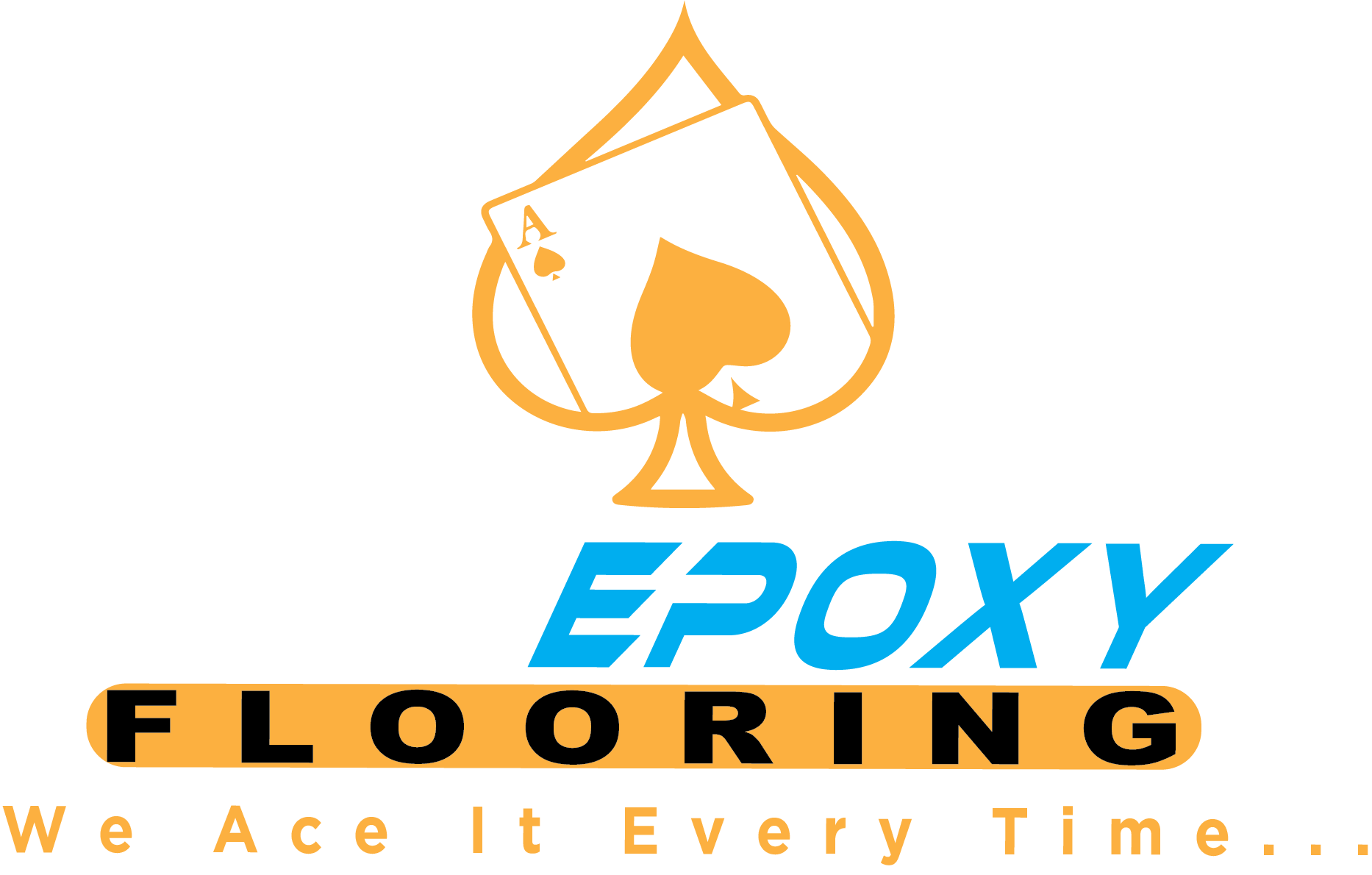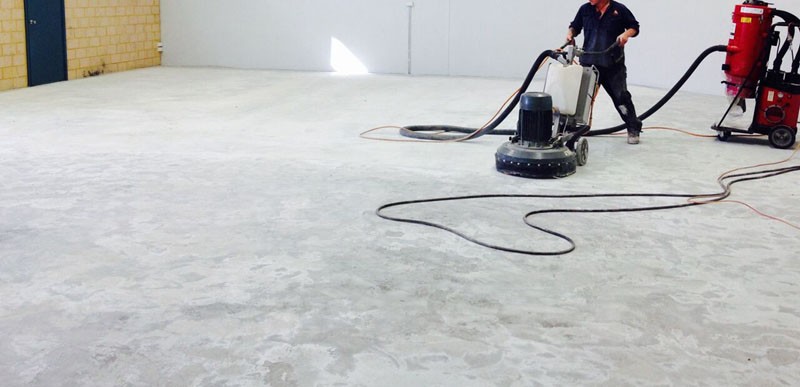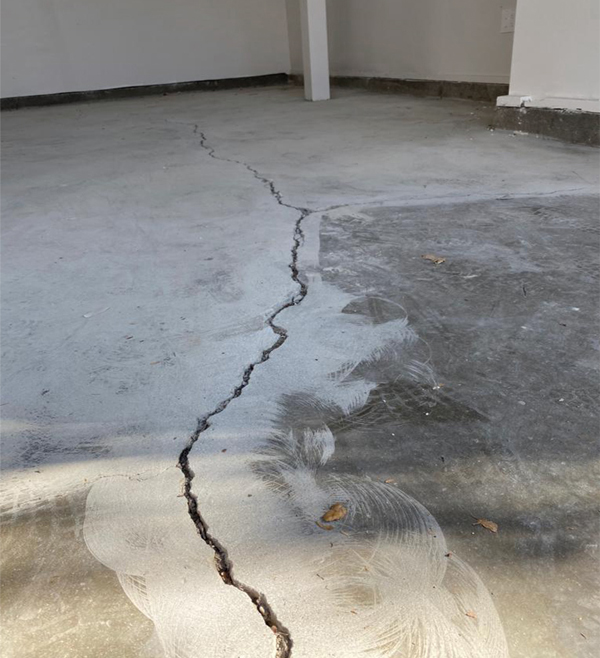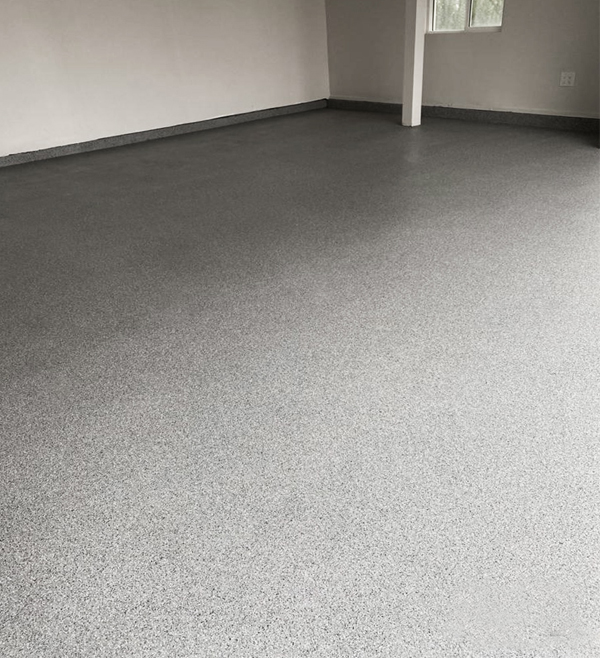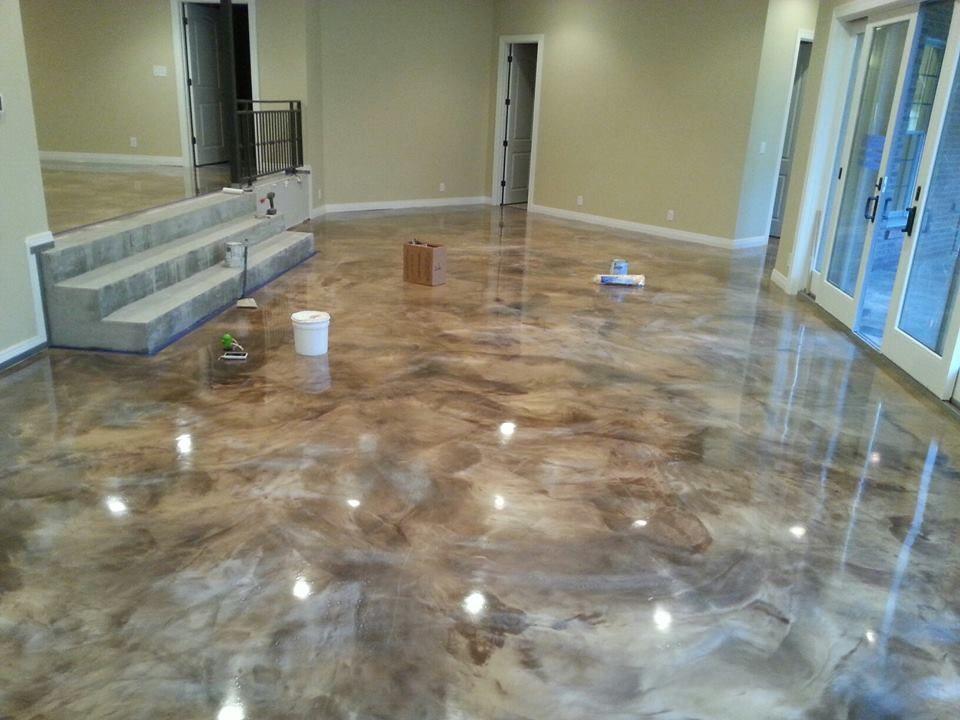Polished Concrete, Grinding, and Sealing Services In Toronto, Canada
Whether you are a homeowner or a business owner, you can rely on the folks at ACE Epoxy Flooring to provide you with top-notch polished concrete, concrete coating by sealing and grinding
Ace Epoxy Flooring Concrete Services
We offer concrete grinding and polished concrete services, which involve either a basic polish of existing concrete or grinding the concrete surface to expose the aggregate. Exposing aggregate can range from achieving a light “Salt and Pepper” look to revealing a “full aggregate” appearance. Additionally, we can provide several types of protective coatings.
Full Aggregate
is a broad category of coarse to medium-grained particulate material used in construction includes sand, gravel, crushed stone, slag, recycled concrete, and geosynthetic aggregates. By applying our multi-step grinding and polishing process, along with the right intensity and high-quality products, the effects are amazing.
Salt & Pepper
The Salt and Pepper finish leaves you with a subtle and fine aggregate exposure. Under these circumstances, the stone often sits too deep in the concrete meaning that exposure of the stone is only possible in certain areas.
Here are some informations based on Frequently Asked Questions ( FAQs) by many client.
What are the Concrete Floor looks that are achieveable ?
The aesthetic looks of concrete flooring can vary widely, influenced by factors like the type of concrete, finishing methods, and any additional treatments or overlays applied. Below, we outline some standard looks associated with concrete flooring:
-
Polished Concrete
Ever seen those floors that look like they’re made of polished marble or granite? Well, that’s polished concrete for you! Achieving that smooth, glossy finish involves grinding the concrete with diamond tools until it’s super sleek and reflective. Moreover, it’s all the rage in modern homes and businesses because it adds a touch of class with its contemporary flair.

-
Exposed Aggregate
It’s pretty neat! Essentially, they reveal the stones, pebbles, or even bits of glass in the concrete by scraping away the top layer. This process yields a visually captivating surface characterized by diverse colors and textures. Furthermore, it’s great for outdoor areas like patios, driveways, and walkways, giving them an exciting look and feel!
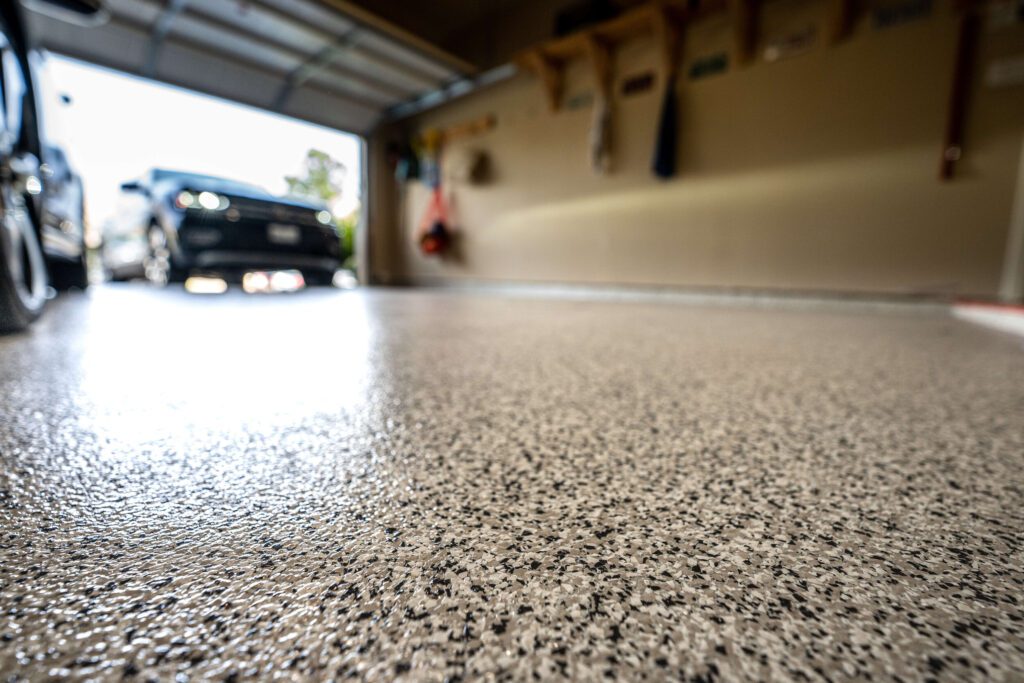
-
Stamped Concrete
It’s engineered to mimic various materials like brick, tile, slate, or even wood. This effect is attained by pressing molds or stamps into the wet concrete to create intricate patterns and textures. Consequently, it acquires all these neat patterns and textures. Hence, you get the awesome look of those materials, but with the toughness and easy maintenance of concrete. It’s widely utilized for applications such as patios, pool decks, and driveways.
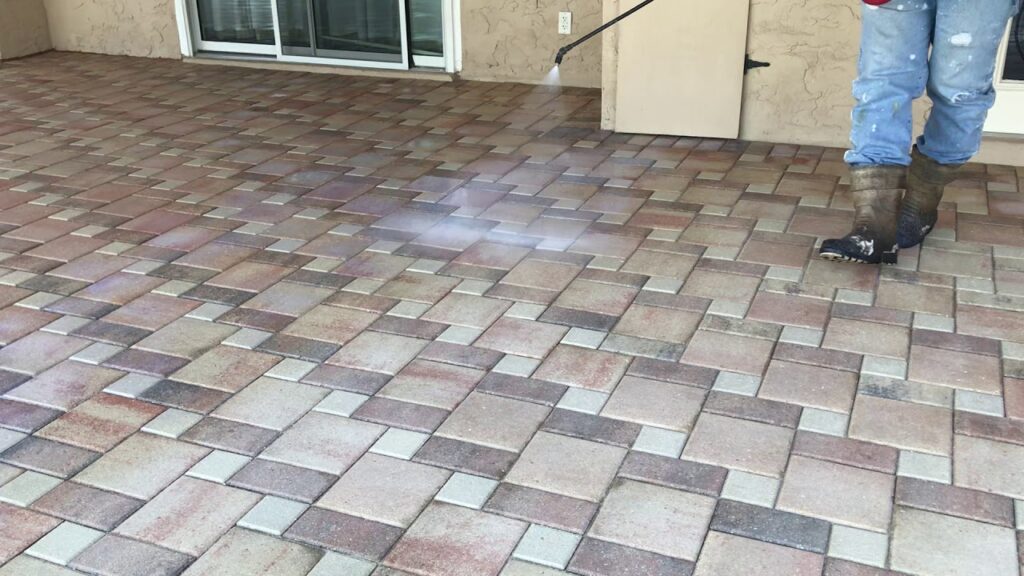
Advantages or Benifits of Polished Concrete, may it be commercial space or residencial.
The main benefit of polished concrete is its durability. It is highly durable and can withstand hefty foot traffic, making it suitable for commercial areas, retail shops, or warehouses. Its low-maintenance aspect makes it easy to clean, requiring only occasional or regular mopping or sweeping, depending on its use. Moreover, polished concrete has a sleek, glossy appearance that enhances the visual appeal of any space. It reflects light, making rooms feel brighter and more spacious. Additionally, it is a cost-effective flooring option, especially when compared to materials like marble or granite. Hence, it eliminates the need for additional floor coverings like carpet or tile, saving both material and labor costs.
How long does the process of polishing concrete take?
The duration of the polishing process can vary depending on factors such as the size of the area, the condition of the concrete, and the desired level of polish. Generally, polishing concrete floors can take several days to complete, including surface preparation, grinding, polishing, and sealing. The duration can only be determined after a professional visits the area and conducts a thorough audit. Contact ACE.
What is concrete grinding and its working process ?
Concrete grinding involves using specialized equipment to eliminate surface imperfections and prepare concrete surfaces for different applications such as polishing, coating, or overlay installation. This process is essential for leveling uneven surfaces, removing coatings or adhesives, and achieving a smooth and consistent surface texture.
The process of grinding begins with thorough cleaning and repair of the concrete surface to address any imperfections or damage.
Grinding
- This process involves using specialized grinding equipment with diamond-infused grinding discs or segments to remove surface irregularities, coatings, adhesives, or high spots
- Multiple passes with progressively finer grits of diamonds may be conducted to achieve the desired level of smoothness and flatness.
Surface Profiling
- Depending on the application, grinding techniques may be employed to profile the concrete surface, creating a specific texture or roughness. This enhances the adhesion of coatings or overlays.
Final Treatment
- After grinding, the surface undergoes thorough cleaning to remove any dust or debris generated during the grinding process.
- Depending on the application and requirements, the concrete surface may be left as-is or further treated with coatings, sealers, or decorative finishes to enhance its appearance and performance.
What is Concrete Sealing, and the process of sealing ?
It is a process in which a protective sealant is applied to the surface of concrete to provide various benefits, such as protection against stains, moisture intrusion, UV damage, and abrasion. Sealing concrete helps extend its lifespan, enhance its appearance, and improve its durability.
Surface Preparation
- The concrete surface must be clean, dry, and free of contaminants, oil, grease, or previous coatings before sealing.
- Any cracks, joints, or imperfections in the concrete are repaired or filled using suitable materials to ensure a smooth and uniform surface.
Sealing Application
- Sealers are applied using various methods, such as spraying, rolling, or brushing, depending on the type of sealer and the size of the area.
- Penetrating sealers are absorbed into the concrete pores to protect within, while topical sealers form a protective film on the surface.
- Depending on your needs, multiple coats of sealer may be applied to achieve the desired level of protection and aesthetics.
Curing and Drying
- After sealing, the surface must cure and dry appropriately according to the manufacturer’s instructions.
- Depending on the type of sealer used, curing times may vary, typically ranging from a few hours to several days.
Final Inspection
- Once the sealer has cured, the concrete surface is inspected to ensure uniform coverage and adhesion of the sealer.
- Any touch-ups or additional coats of sealer may be applied as needed to address any areas of concern.


Don’t Miss Out!
Request a Service and Save $200.00 until September, 30 off of Your Floor!
